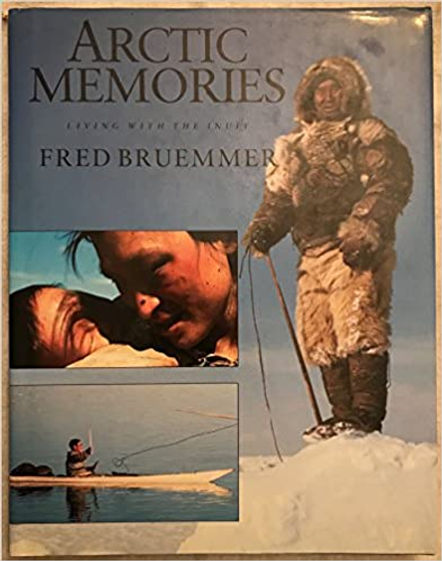| Trapping, Exploring, Hunting | The sales of furs, and the exploration of new routes to new lands, and finally the hunting of animals made a significant impact in the history of the modern world, and often the people living remote to civilization would have to take advantage of the ways of the native people and eat like them. In this way, they would be carnivores by need, as fishing, hunting, and eating trapped animals would be the best way to get a meal, and animals can be processed down into high fat pemmican to get the best bang for the buck when it comes to transporting fuel as weight. |
| | Killing animals larger in weight than humans - a rare occurrence for carnivores. Generally means hunting mammoths and other large fat megafauna. |
| | Facultative Carnivore describes the concept of animals that are technically omnivores but who thrive off of all meat diets. Humans may just be facultative carnivores - who need no plant products for long-term nutrition. |
| | |
| | The Inuit lived for as long as 10,000 years in the far north of Canada, Alaska, and Greenland and likely come from Mongolian Bering-Strait travelers. They ate an all-meat diet of seal, whale, caribou, musk ox, fish, birds, and eggs. Their nutritional transition to civilized plant foods spelled their health demise. |
| | The carnivore diet involves eating only animal products such as meat, fish, dairy, eggs, marrow, meat broths, organs. There are little to no plants in the diet. |
| | The ketogenic diet involves eating high fat, low carbs, and moderate protein. To be in ketosis, one must eat less than 20 grams of carbohydrates per day. |


